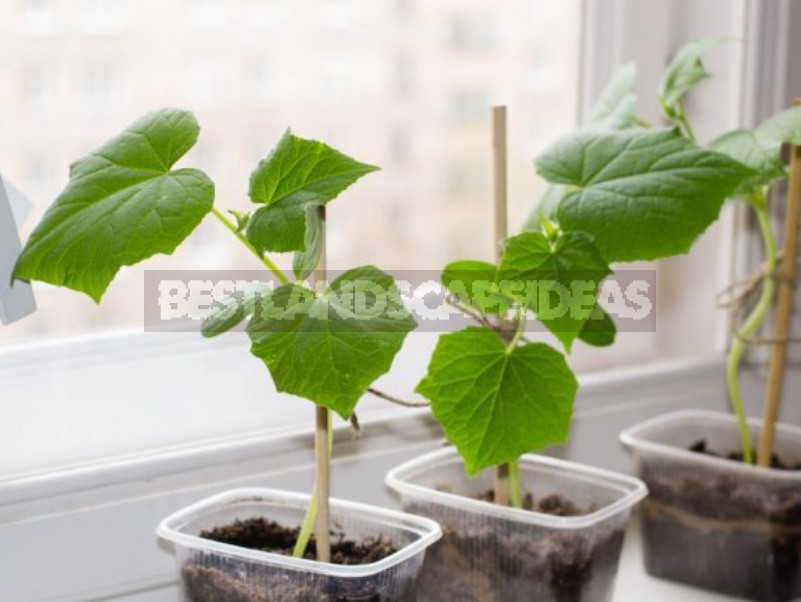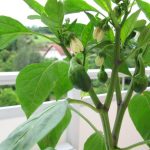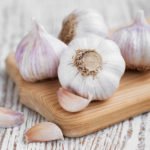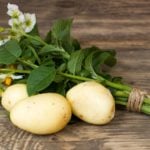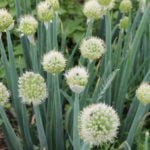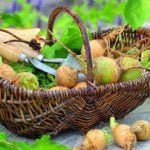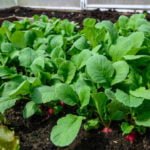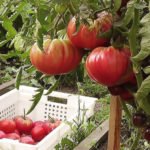Top Dressing
Cucumber can be considered a rather voracious green pet. Moreover, houseplants are more demanding to feed, since the volume of soil they have is limited. During the period of gaining green mass, it is good to feed with a fertilizer with a high nitrogen content. During flowering and fruiting, potassium-phosphorus fertilizing is required.
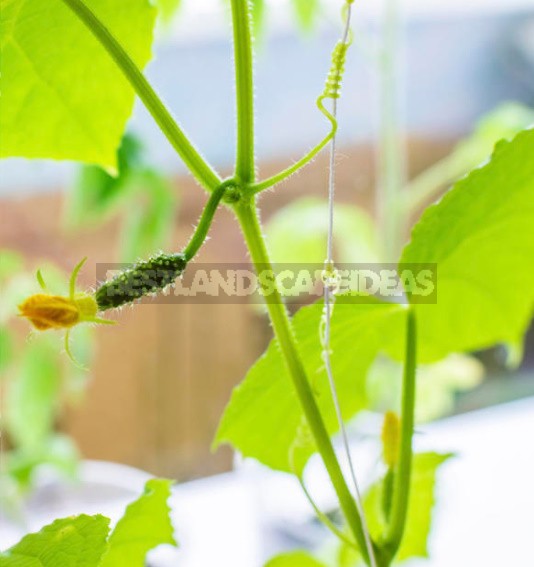
After flowering, to spur the development of cucumbers, we feed the indoor cucumbers with a solution of fertilizers. In the process of fruiting, we fertilize the plants every 10 days.
Diseases and pests
Cucumbers are susceptible to many diseases that are caused by fungi and bacteria. Pests are not so numerous, but they also exist. The good news is that when grown indoors, the danger is not as high as when grown outdoors or in a greenhouse.
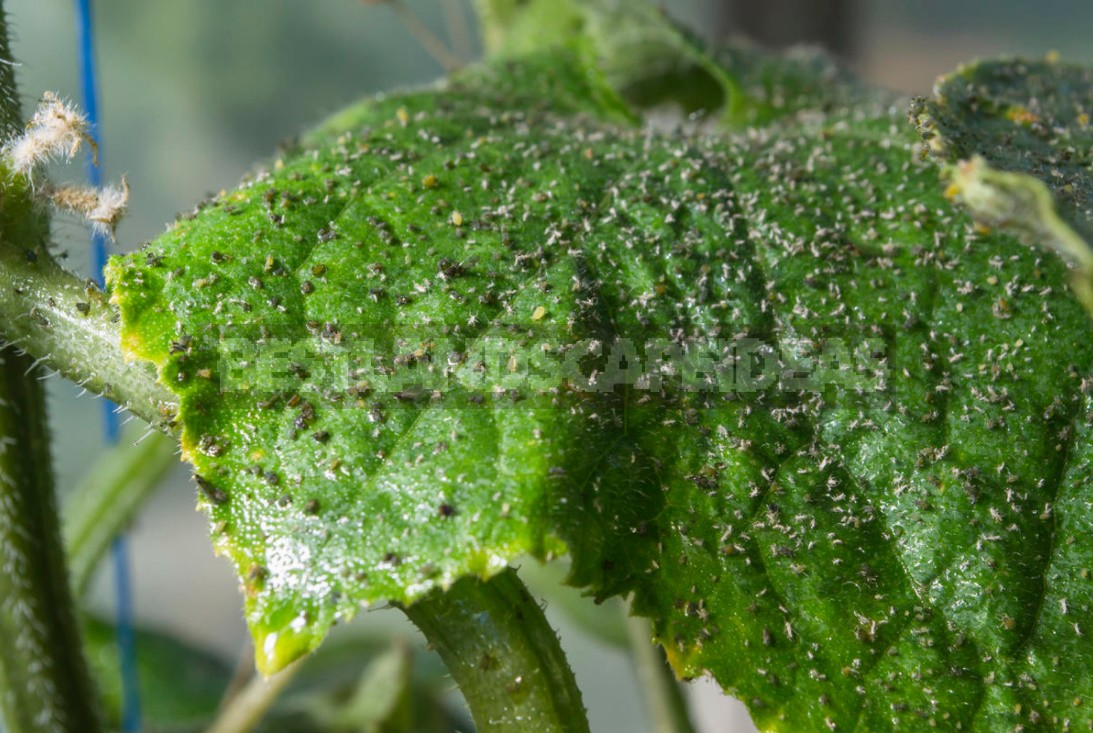
Cucumber diseases
The black leg of seedlings is an attack that most often affects very young plants. It is caused by various phytopathogens. In the basal part of the stem, browning appears, then the stem becomes thinner, and the plant quickly dies.
Powdery mildew is one of the most common diseases. It is caused by the fungus Oidium erysiphoides. When affected, a white powdery coating appears on the leaves of the cucumber — this is the mycelium. After the spores mature, liquid droplets form. The fungus “sleeps” in the soil until then, and under favorable conditions begins to multiply. The infection moves from the bottom up, first capturing the lower leaves and then moving higher. There is also a false powdery mildew, it is caused by the fungus Pseudoperonospora cubensis. The symptoms are similar to true powdery mildew, but the spots that appear are oily, brown in color. From the lower part of the leaf plate, you can see a gray coating.
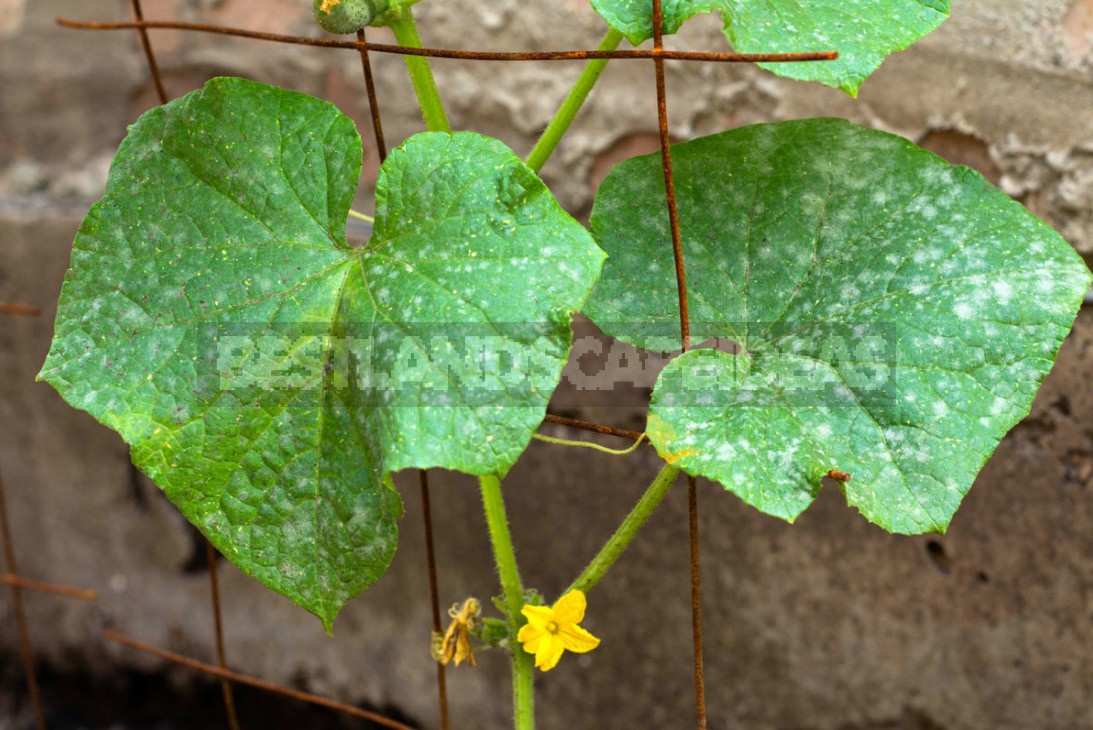
Anthracnose is also a fungal disease, the causative agent is Colletotrichum lagenarium. The first signs can be seen in the basal part of the stem-there are depressed brown zones. Spreading, the disease captures the leaves, they appear rounded spots, which are noticeable copper-pink coating (spores). In the future, the spots dry up, the leaves and other organs of the affected plant crumble, and wet ulcers form on the fruits.
At home, white rot is less common (sclerotiniosis, the causative agent is the fungus Sclerotinia sclerotiorum). It looks like a white “cotton” coating on the stems, leaves and fruits. After a while, it turns into slime.
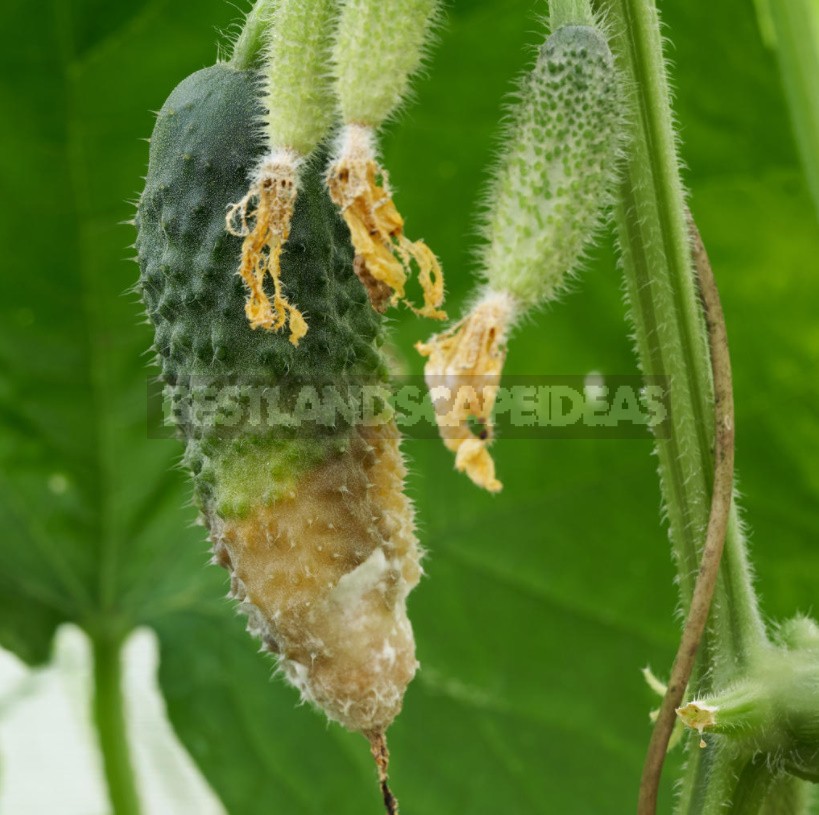
To prevent these diseases, first of all, you need to choose hybrids that are resistant to them. High-quality seeds are disinfected immediately in production, and therefore the risk of developing pathological conditions is reduced to a minimum. It is also necessary to disinfect the soil before sowing and replanting plants. Periodic watering helps well. Do not forget that favorable conditions for the development of phytopathogens arise primarily in the violation of agricultural technology.
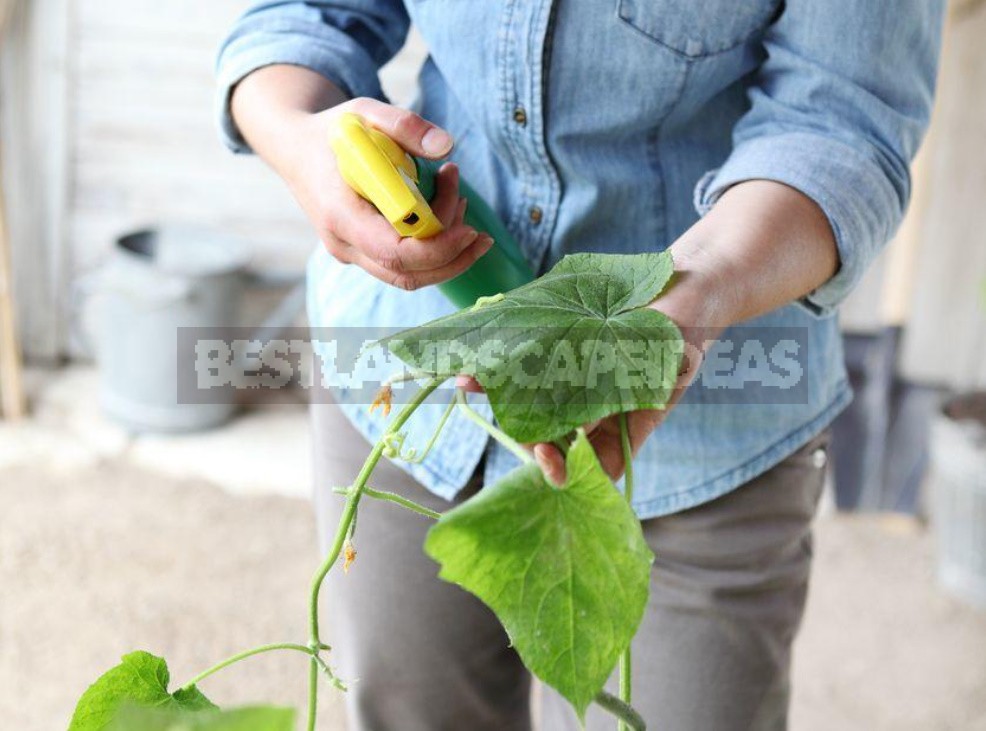
If the disease has started, it is necessary to respond as soon as possible. With a black leg, the most correct action is to remove the seedling. In this case, it is almost impossible to help the affected plants. If there are fungal diseases, then first of all you need to remove the affected leaves and spray the plants with a copper-containing fungicide.
Cucumber pests
Spider mites can infect plants not only in the open ground, but also in home cultivation. It is very difficult to see him with the naked eye, but “the fruits of his labors” can be noticed. On the underside of the leaf, between the petiole and the leaf blade, thin cobwebs appear. Since the tick sucks the juices from the plant, the leaf is covered with thinning drying spots, and then dries completely.
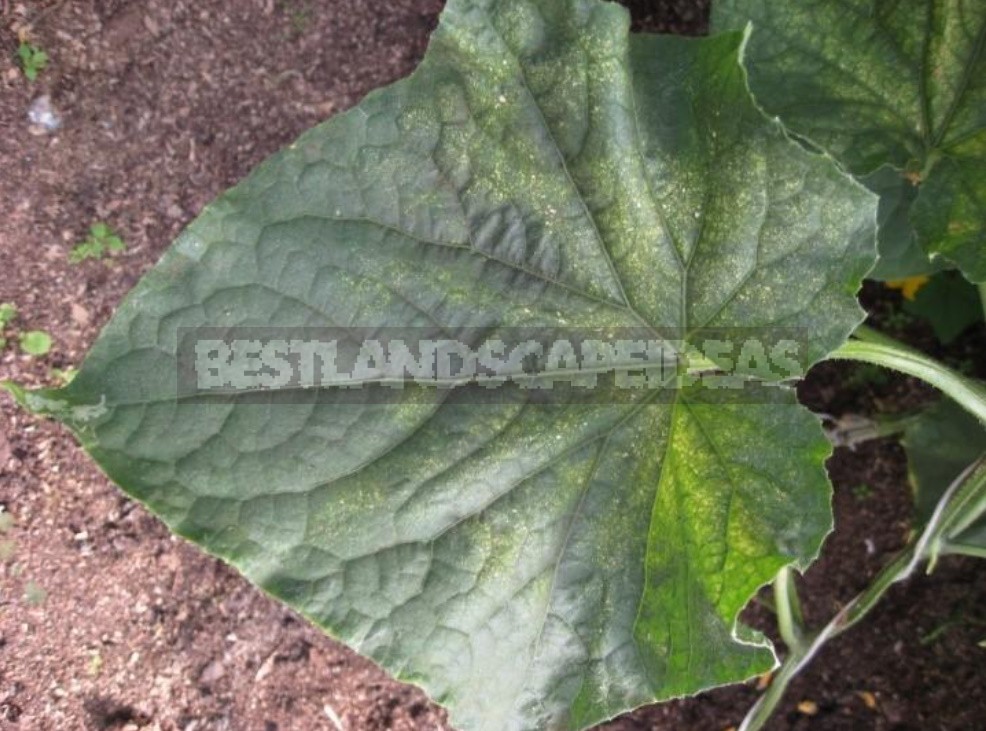
Aphids can also settle on your home cucumbers. These bugs are larger — they are easy to see with the naked eye. You can fight in room conditions by spraying with an infusion or decoction of tobacco dust.
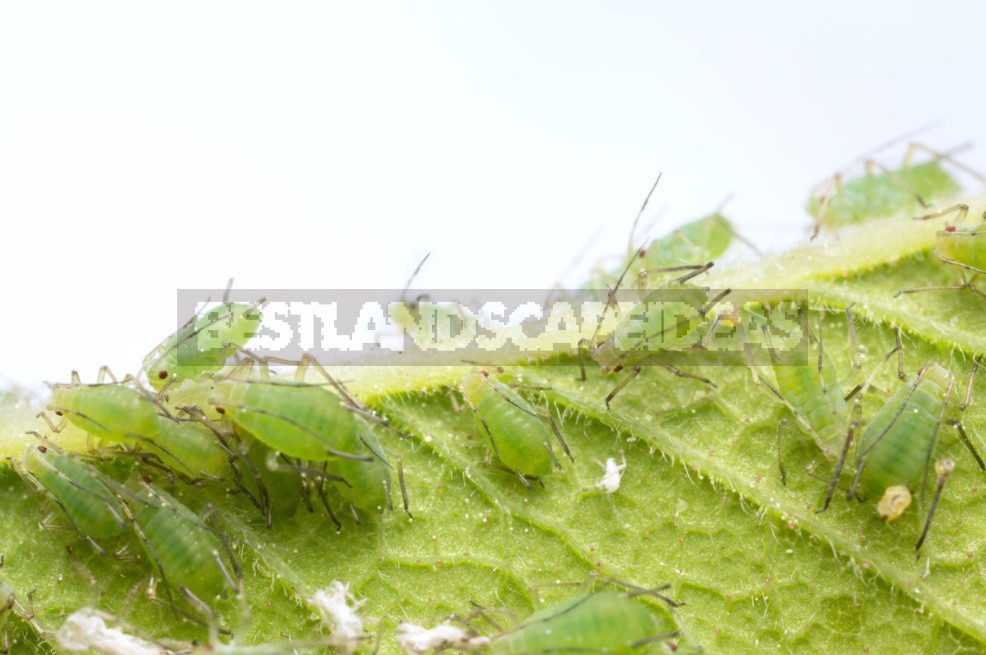
Whitefly is a rare “guest” when growing cucumbers at home, but it can also prove itself. First of all, it will be good to collect adults with a vacuum cleaner. Against this pest, the use of a fumigator with plates (liquid) from flies or mosquitoes, as well as spraying with bioinsecticides, helps.
Garter and shaping
A few days after transplanting, we begin to garter the plants. Most often, this is done using twine, which must be attached at the top to some support. To the stem of the cucumber under the cotyledons, we tie the twine with a free loop, then carefully wrap it around the plant — so that it passes through each internode. You can not pull the twine too hard: it should not cut into the stem. As the plant grows, the garter is wrapped around each subsequent internode.
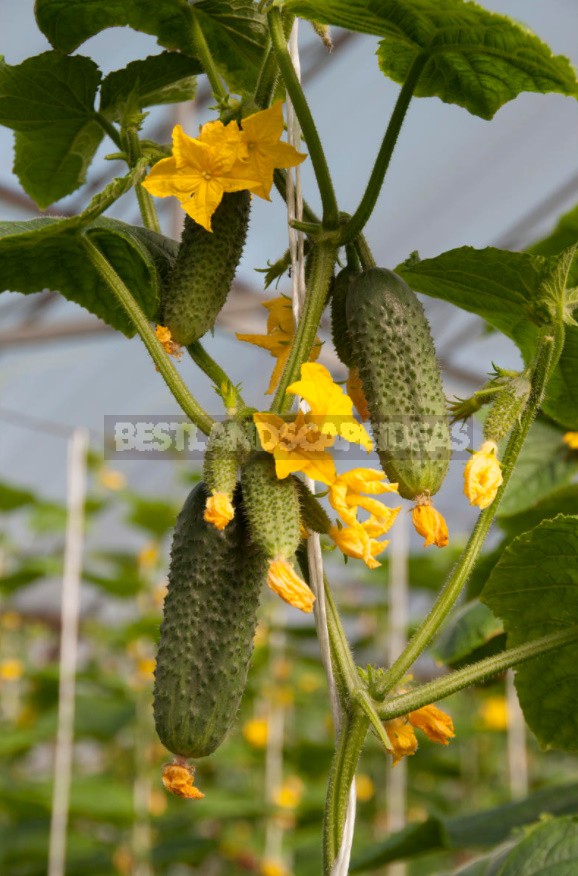
Another important point is the formation of a cucumber plant. It is carried out throughout the growing season, but it should be remembered that there is no universal scheme for all hybrids. The formation and, accordingly, the load of the plant with fruits depends on the growing period, the characteristics of the hybrid, the height of your trellis and, of course, on the condition of the plant. At home, since the feeding area is limited by the volume of the container, it is recommended to form the plant into a single stem.
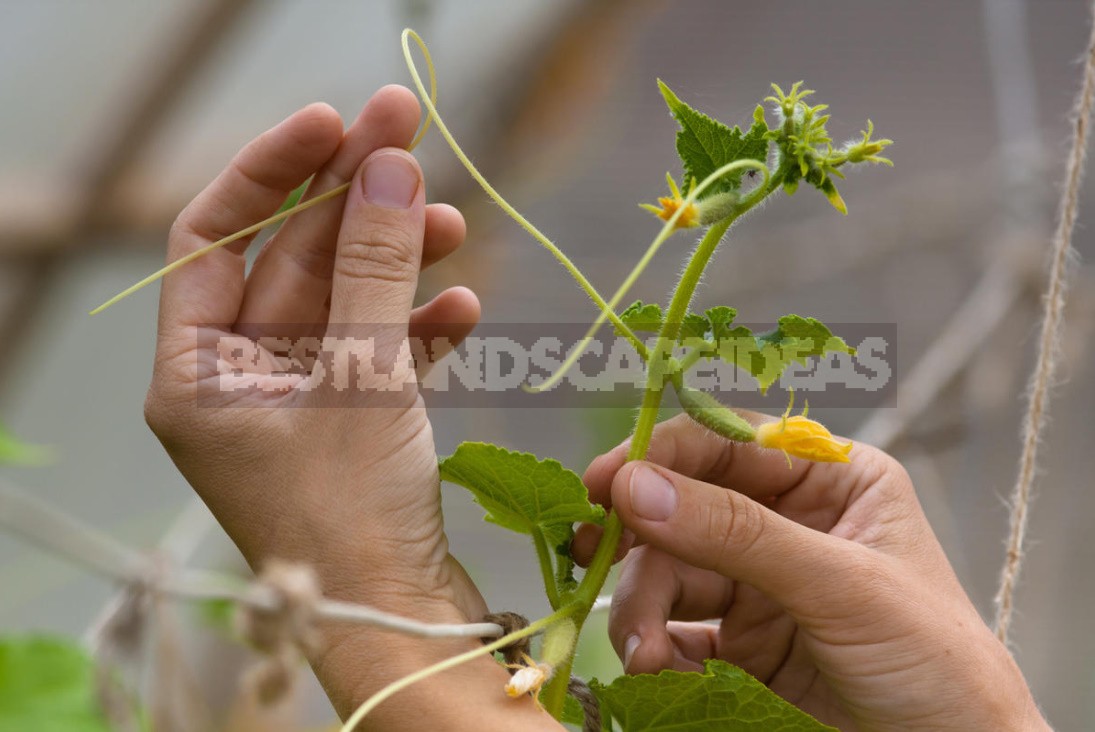
Here’s how they do it. In the axils of the first 3-4 real leaves, we make blinding, that is, carefully pluck out the flowers and shoots. In the next 3-4 nodes, we leave the fruits and carefully remove the side shoots. In the next 3-4 nodes, both the fruits and the side shoots are left. Side shoots are pinched (we limit their growth) after the first leaf. Side shoots in the following nodes are pinched after the 2-3-th leaf. The main shoot is thrown over the support to which you tied the twine, and when it reaches a length of 50-60 cm, it is also pinched. Simultaneously with the formation, we remove the resulting tendrils and dry, affected leaves.
